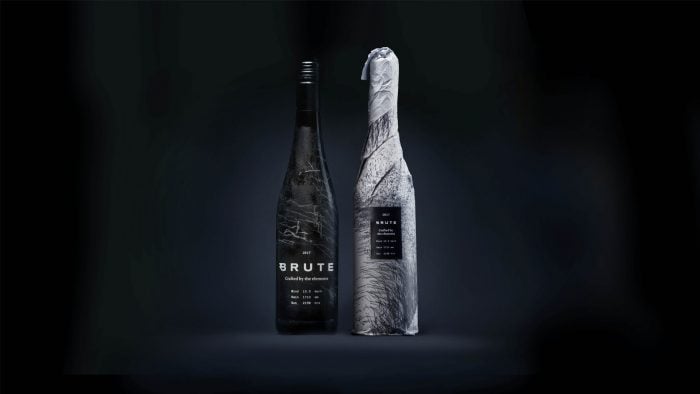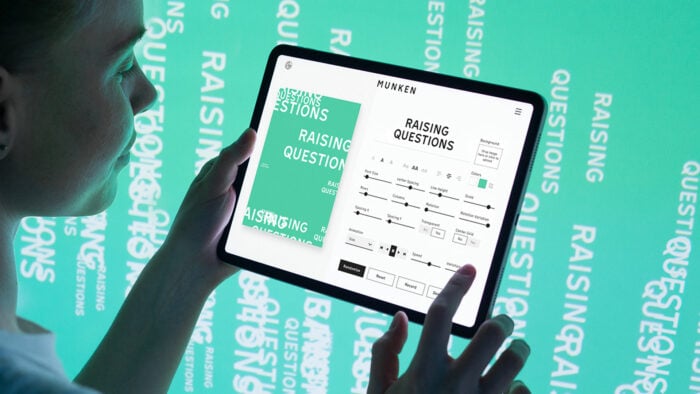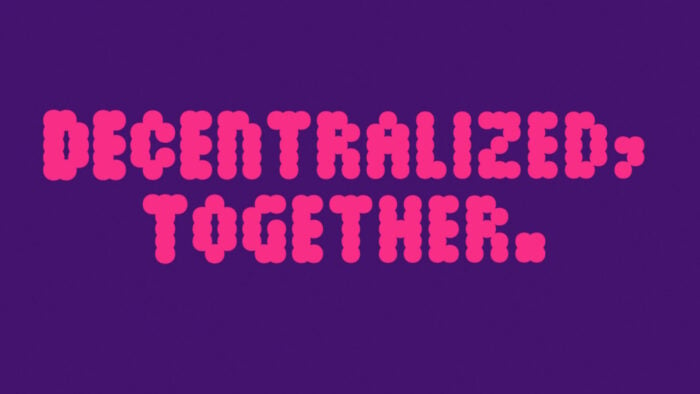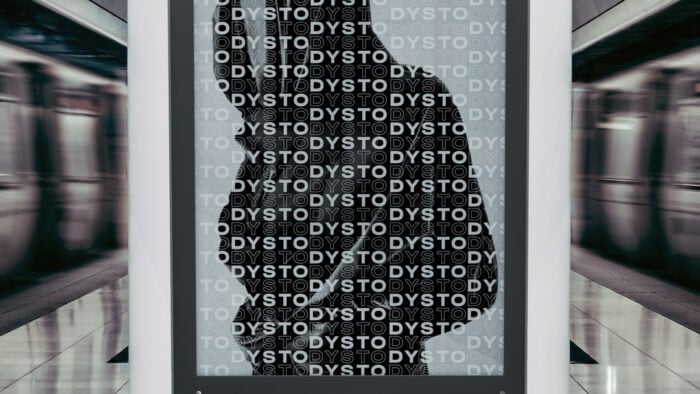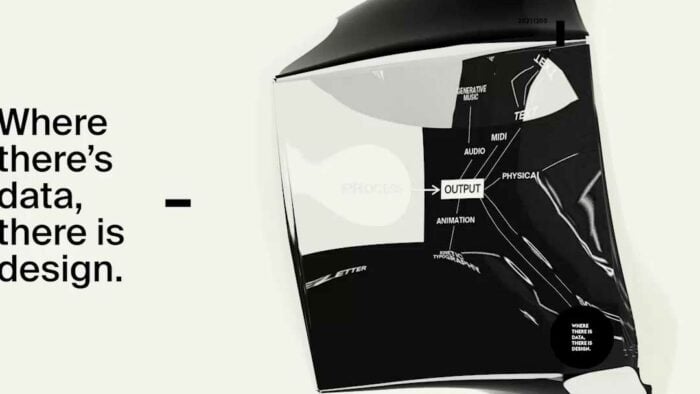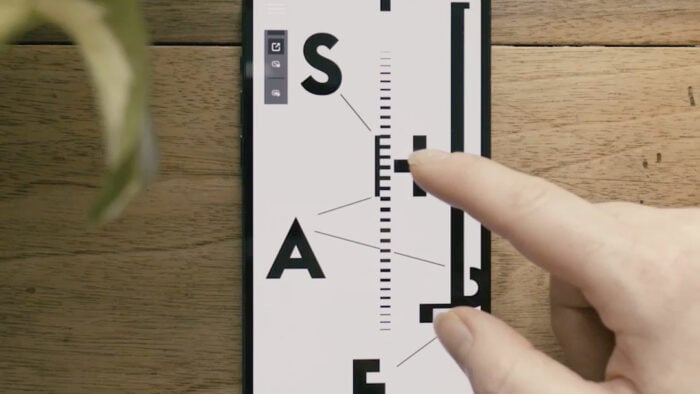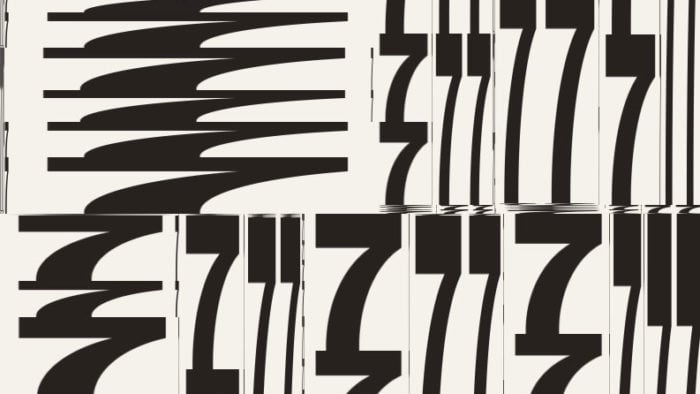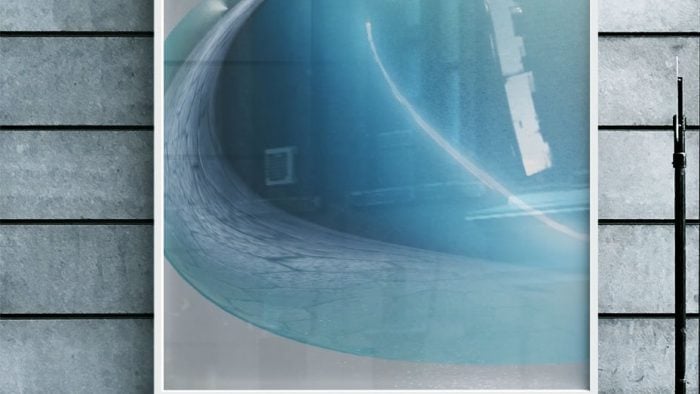How to tell stories with generative design?
Sometimes I can hardly believe that almost ten years have passed since generative design turned my professional life upside down. In the process of actively utilizing this innovative design method, I increasingly realize how research and commercial application can benefit from each other – and that knowledge of the how and, above all, the why can provide completely new impulses to the question of how to design for and reach people in meaningful ways. To keep this creative dialogue going, the following text will explain how and why (advertising) messages make their way into the world through generative design and storytelling. What may ultimately emerge from the knowledge of these possibilities depends on the profession, imagination and courage of each individual.
Driven by the desire to delve even deeper into the world of generative design, research and teaching are gradually taking up more space in my professional life. In the summer semester of 2023, I had the honor of leading a seminar on Generative Design and AI at the Munich Center for Digital Scienes and Artifical Intelligence of the University of Applied Sciences in Munich.
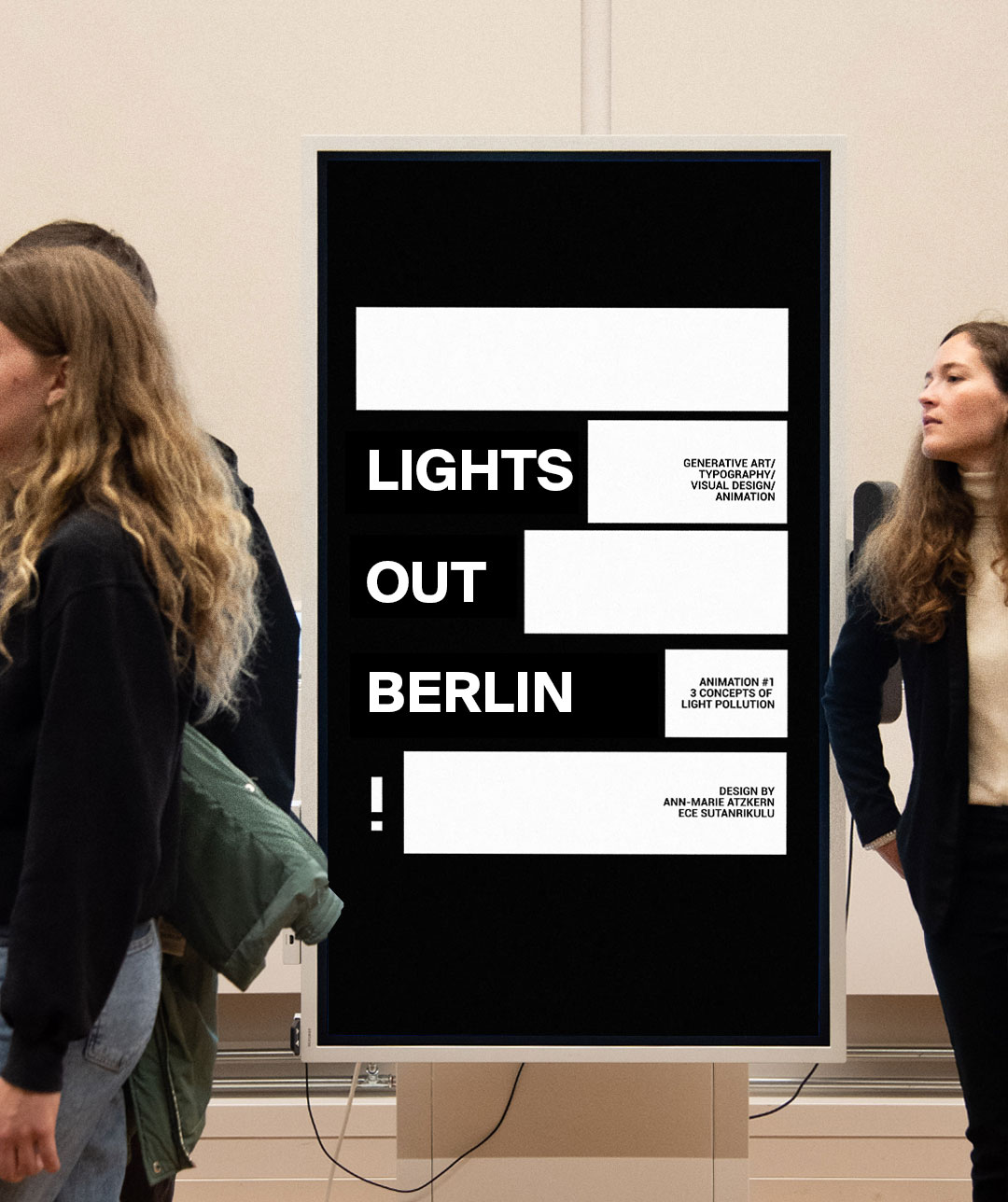
A little annoyed by the mostly unreflected hype that had been generated around the topic of ‘artificial intelligence’ in the preceding months, I set myself the goal of putting the current developments into a larger context – focussing specifically on its connection to the principles and possibilities of generative design.
Motivated by this new challenge, I confronted my students with the question of where the use of Artificial Intelligence (AI) in communications design makes sense and where better results can be achieved with traditional tools. Building upon their answers and ideas, we explored what new possibilities Artifical Intelligence systems open up in design and where their limits are.
Selected generative design projects (in order of appearance) by students Karmen Bulai, Eva Madl, Mert Kafali, Berfin Berg, Timo Warendorf and Amir Al Nahawa
Selected generative design projects (from left to right) by students Anastasia Shulman, Vlad Panait, Annika Grauer and Nicolas Haug
Why do good
stories matter? →
The power of storytelling in generative design
My experience as a creative director and designer over many years has consistently reinforced a key insight: effective and focused communication is fundamentally rooted in a compelling narrative. That is why I decided to introduce my students to generative design and AI not through theory and programming, but through storytelling. Storytelling serves to emotionally engage the audience and embed information deeply within their long-term memory. When presented coherently, in the appropriate context, and repeated sufficiently, storytelling effectively embeds crucial brand messages in the minds of the intended audience, integrating them seamlessly into a cohesive dynamic brand identity. This, above all else, is my key focus when establishing dynamic identities and stories using generative design.
Working with generative design and artificial intelligence
Based on this foundation and the theoretical and practical knowledge I provided in the seminar, I gave my students the task of telling stories with generative design. By working on real briefings and projects, they were supposed to go through the generative design process on their own, realize how extensive the space of expression is that this method provides and experience how closely design and story are connected in generative design. The use of Artificial Intelligence (AI) was optional for them. The thematic focus of the work was an examination of the concept of sustainability.
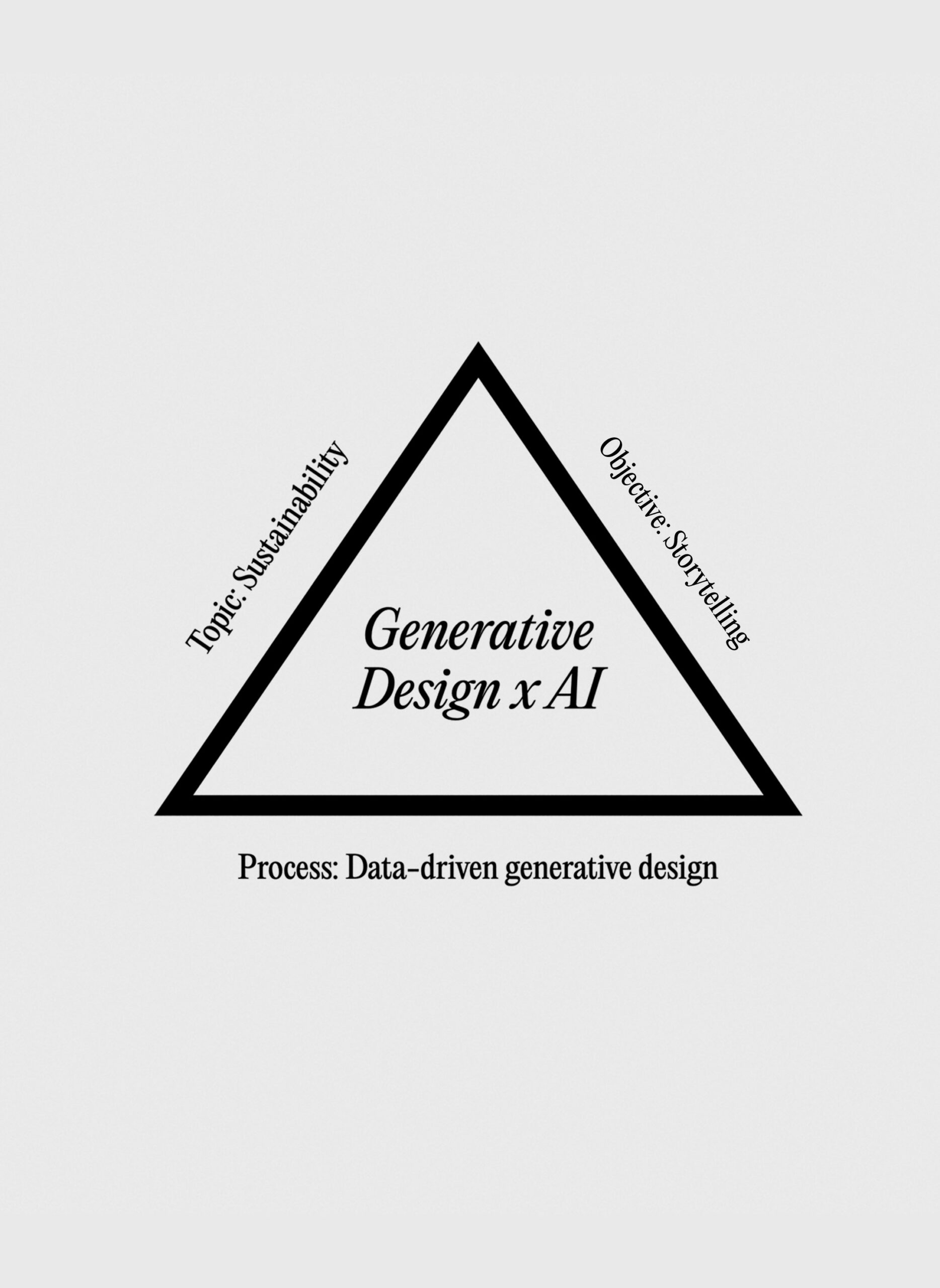
The brief contained a clear set of restrictions. It was especially important for me to focus the brief on the aspect of storytelling to challenge students to explore the potential and limitations of incorporating AI-based approaches into communications design.
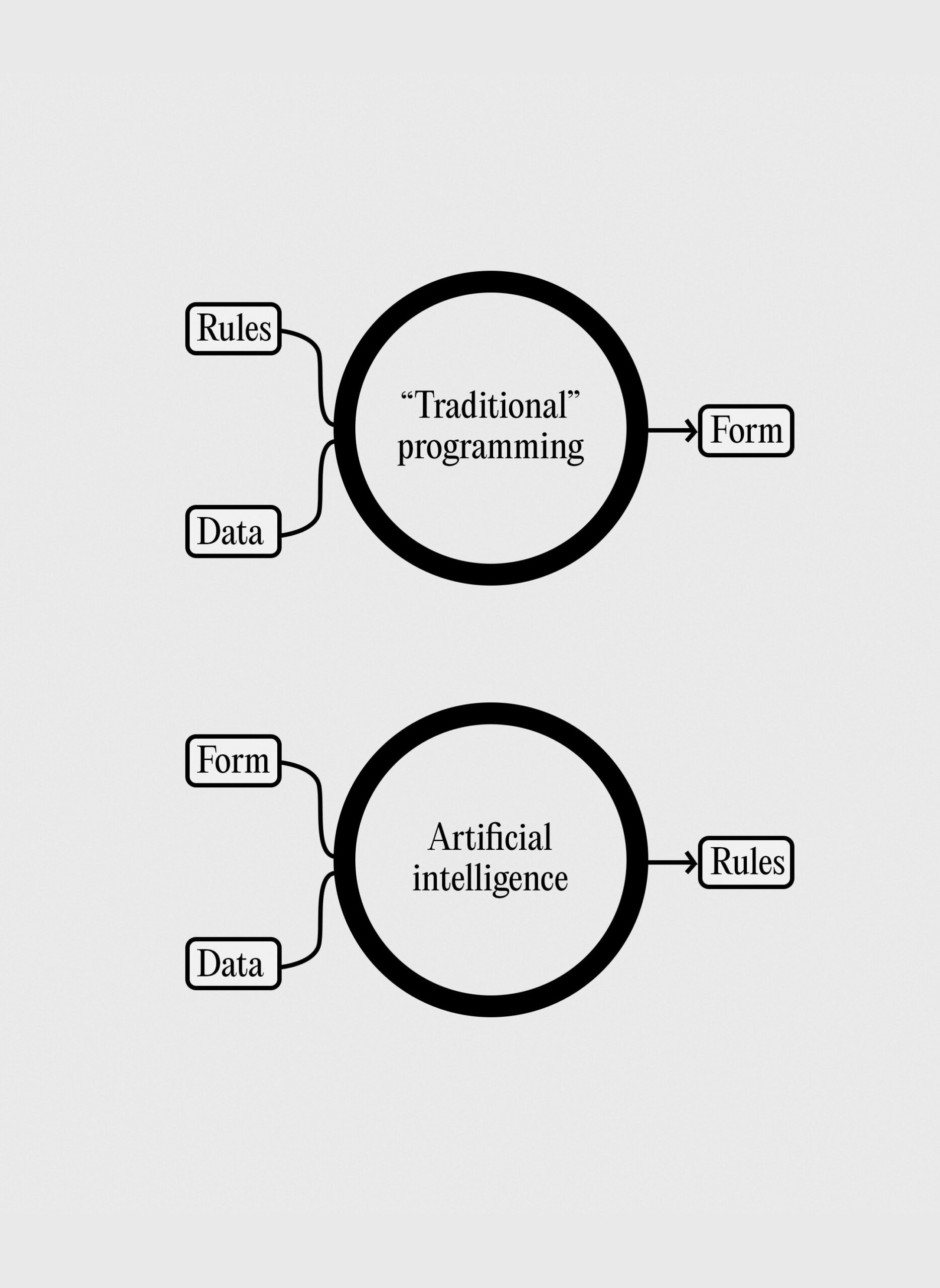
I introduced the students to the core distinctions of artifical intelligence and “traditional” programming and how they can be employed to to solve for either form or rules. Picking the right approach is a decision that is heavily dependent on a given task and application.
What is
data-driven
storytelling? →
In generative design, you start by understanding the context and the message you want to communicate. You then undergo a process of in-depth research to find the data that will serve as the foundation for the design. Unlike traditional design approaches, which might rely on intuition or loose associations, you set specific rules based on real-world measurements. These rules guide a computer program that generates your design. The final output, such as a series of student-created posters in this example, should not only look good but also clearly convey a message.
Lights out
Berlin →
Featured generative student design project: Sustainability and light pollution
Final project on the topic of light pollution
by students Ann-Marie Atzkern & Ece Sutanrikulu
Light pollution is a problem that can affect birds’ biorhythms and flight paths. Artificial light from cities can disrupt birds’ natural rhythms and affect their navigation, leading to exhaustion, collisions with buildings or other obstacles, and increased risk of injury or death. Therefore, it is important to raise awareness about this problem and find solutions to minimize the impact of light pollution on birds. Our idea is to analyze the flight path of birds and map it using a Javascript program. We want to show how the impact of humans over time disrupts the flight patterns of birds. As time progresses, the cities of its illumination become larger. The birds react to this and the movements become more chaotic, which is reflected in the flight lines.
Earth
overshoot
day →
Featured generative student design project: What is the impact of individual countries on global cimate politics?
Final project on visualizing the impact of nations on our climate
by students Anna Welschof and Jannik Vieler
If everyone in the world lived like the average American, we would need 5.1 Earths. The campaign aims to focus on the fact that climate policy is a global problem and transcends national borders, as we all share this planet. In the animation you can see how strong a country’s impact on global climate policy can be and how this blows up the whole grid, thus displacing and ignoring individual countries. The data is based on statistics that indicate how many planets humanity would need if everyone lived as an average citizen. The size of the circles is controlled by the climate load of the land. The animation system is based on physical and kinetic rules. The bigger the circle, the heavier & the more it pushes other circles away.
What is the
essence of
generative
design? →
The final project focused on the four central elements of generative design systems: A work is generative as long as it is based on a set of rules. The resulting design system has to contain a certain degree of autonomy, it has to be in motion and in a state of completeness.
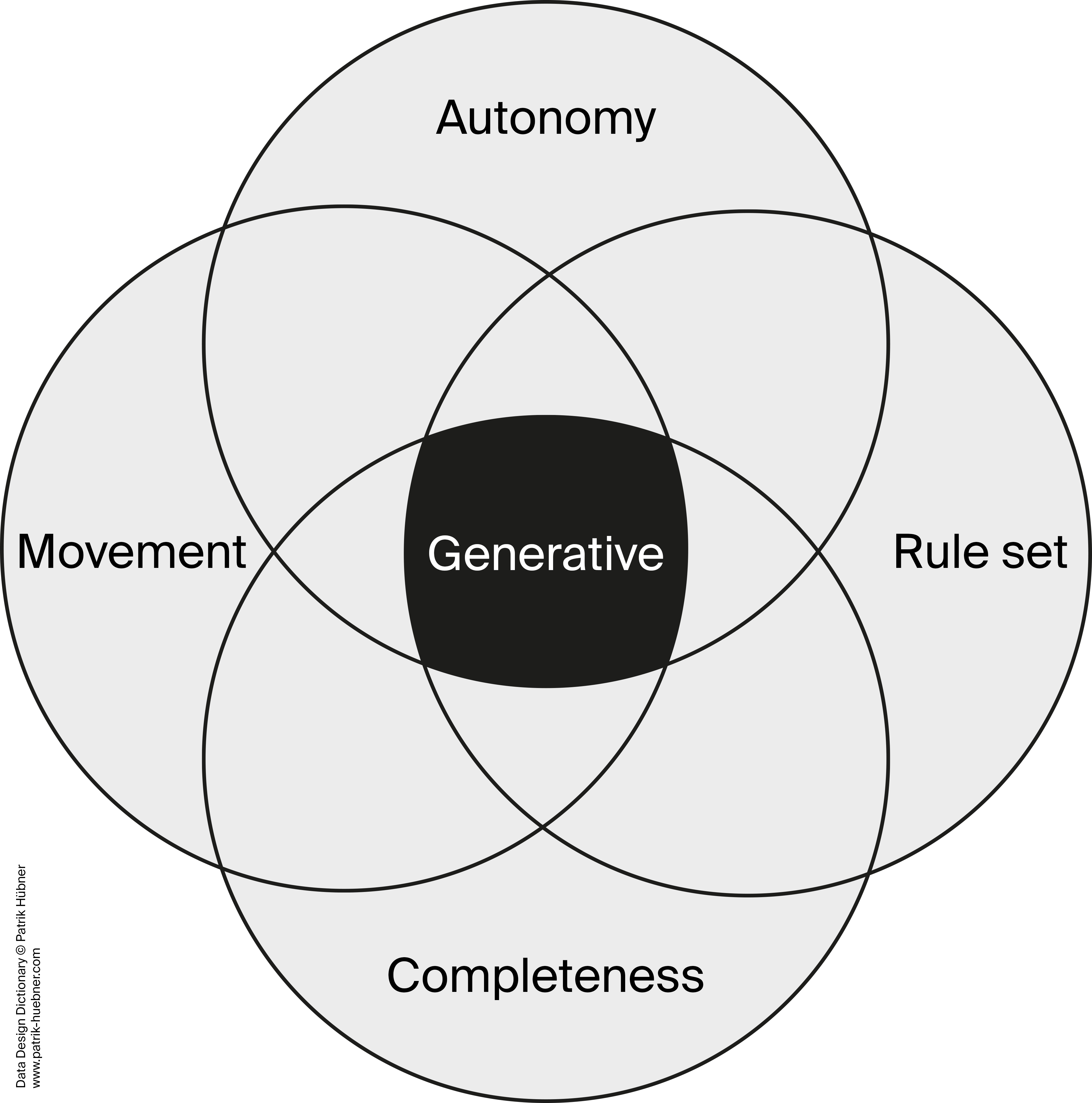
Rule set → A generative system is based on rules that are written down in a program/algorithm. Those rules are the basis of every generative process and its resulting design.
Autonomy → By abstracting an original idea, writing it down as a set of rules and implementing those in a program, a developer automates the design process and gives a generative system a certain degree of independence.
Movement → Generative design systems are able to produce an infinite number of results. As its usual mode of existence is process, movement as such is one basic requirements for that. Knowing that, only the result of a generative process – the form – can be rigid.
Completeness → As soon as a generative system starts moving, can act autonomously and produces results, it is considered complete, because it has detached itself from its dependence on its developer(s).
From
concrete
jungle →
Featured generative student design project: Is human growth related to natural fungal growth?
Final project researching and visualizing the alignment between human
city layouts and the natural growith of fungi by student Mert Kafali
Human Growth has always been linked to the destruction of nature. The narrative that individuals can create a difference in the face of environmental decline is not holding up. It is not acceptable to put the responsibility of saving the environment solely the on the individual. Unless people in power, businesses and governments bear the responsibility and practice sustainability, saving the environment and our planet earth is a distant fantasy. The following generative piece’s mission is to bring attention to our growth as humans and how it is already very similar to natural fungal growth. The only thing missing is the fact that we are inefficient and lack the mindset of working not only as individuals toward a better future, but as a whole. Fungal growth is fascinating and has many aspects we as humans can learn from.
Selected generative design works by students: Julius Greppmair, Mert Kafali, Marco Kosa, Anastasia Shulman , Karmen Florentina Bulai, Samuel Pucher, Anna Welschof, Jannik Vieler, Berfin Berg, Eva Madl, Niklas Evmenenko, Ann-Marie Atzkern, Vlad Ioan Panait, Ece Sutanrikulu, Alisa Valentiner.
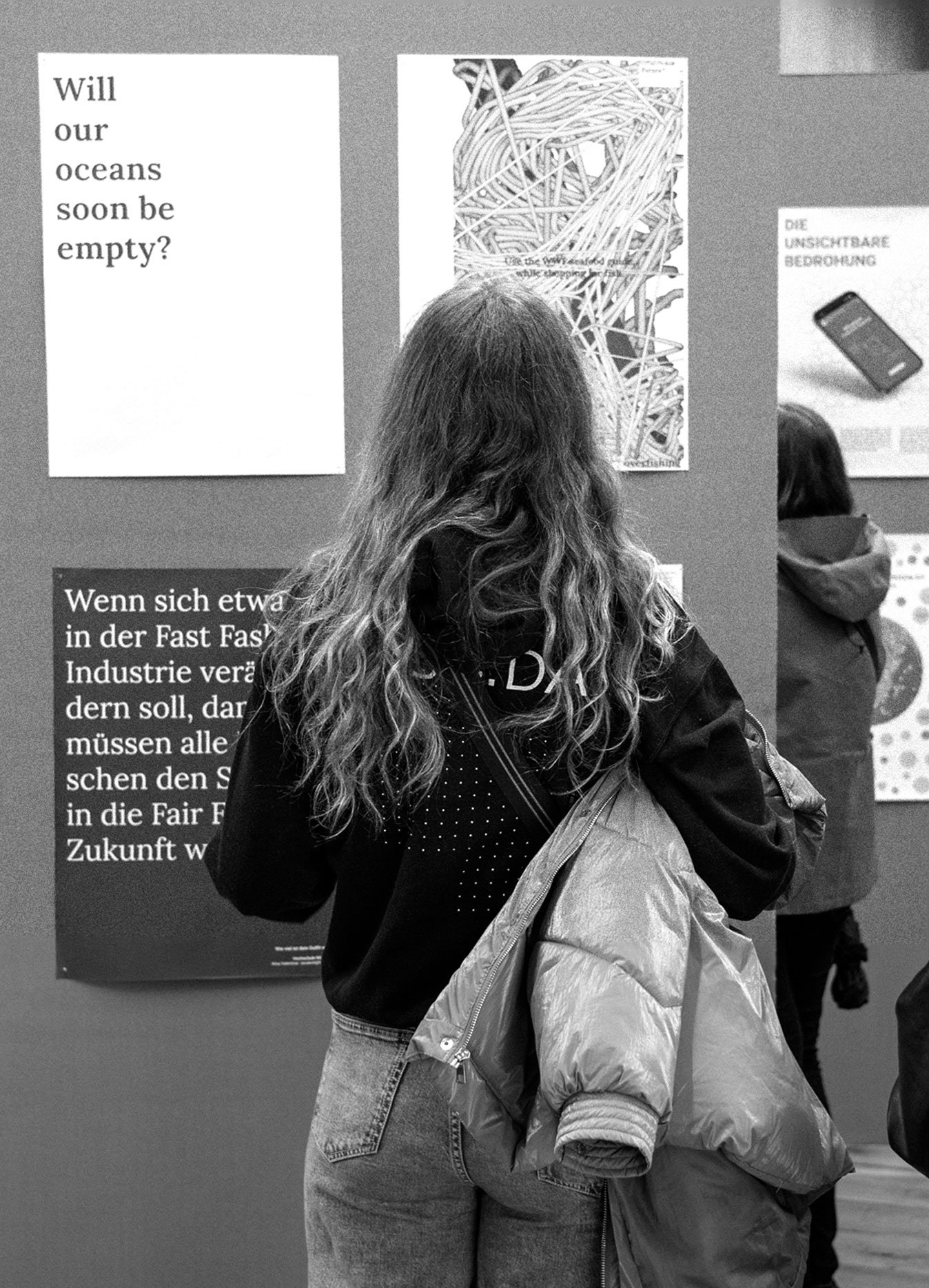
Each student created a group of posters that explained their project’s core concept in one sentence and also how the data-driven generative idea was put into action. The canon of works was exhibited during the 2023 Munich Creative Business Week (MCBW).
The
next
step →
Just as humanity will be undergoing a reorientation in the next few years on the subject of sustainability, also designers will have to rethink and react as a result of the ever faster technical development. For me, working in design these days means constantly measuring one’s own ideas and approaches against current events and challenges and in the end finding a way to do justice to both. I very much hope that I was able to pass on this positive but at the same time challenging message to my students within the seminar. My goal was to motivate them to venture deeper into the world of generative design. And I honestly look forward to watching them do so.




